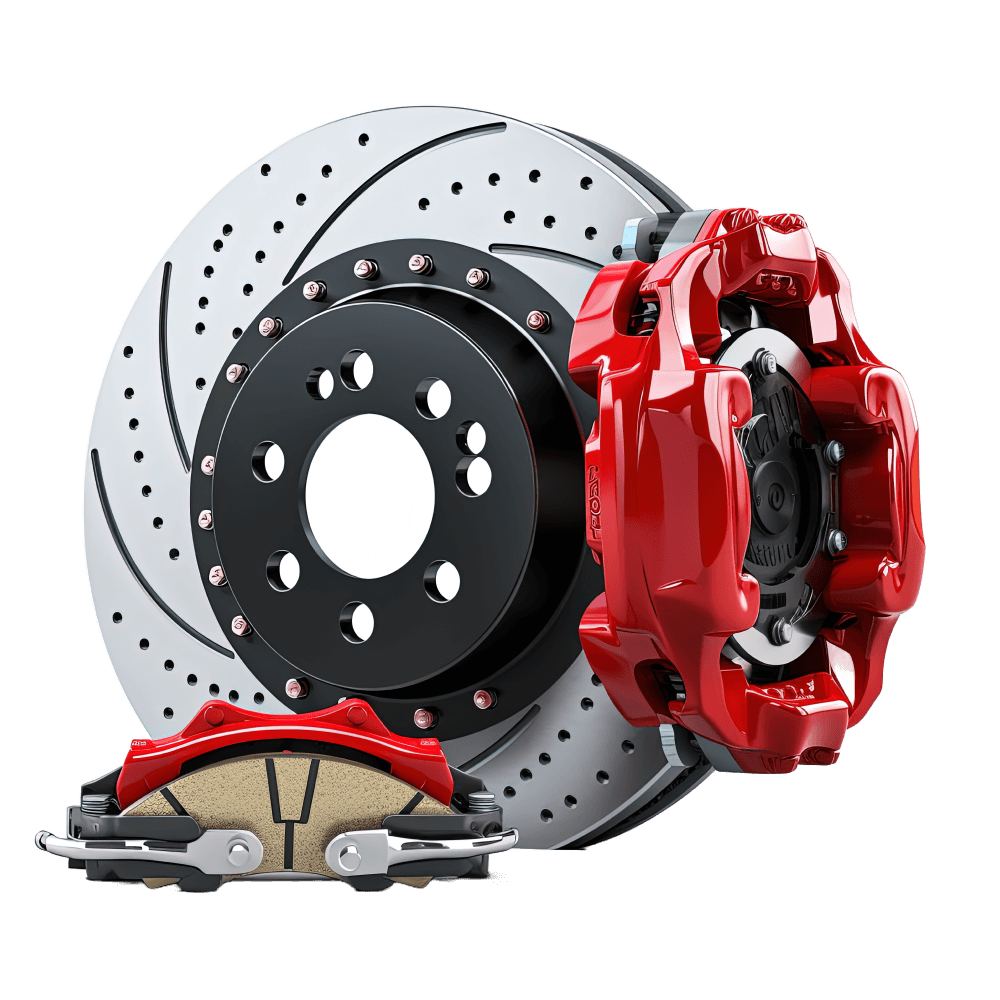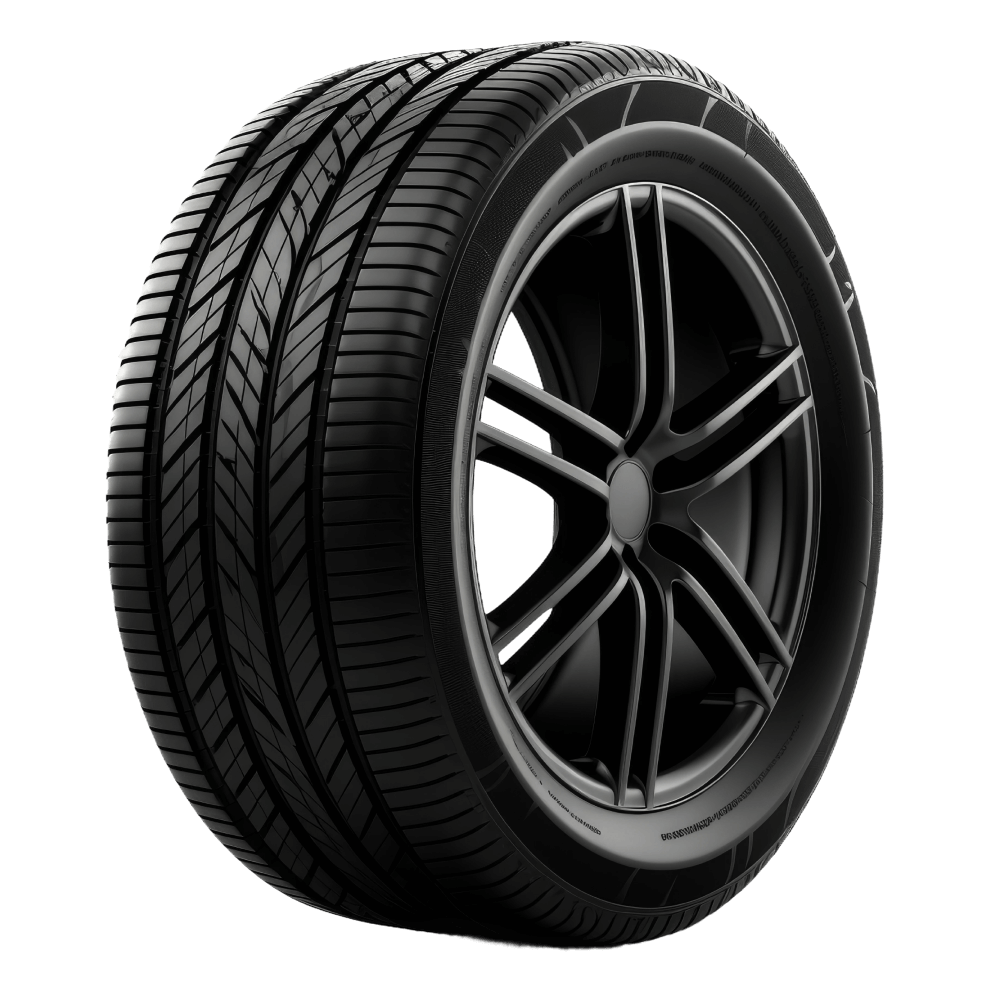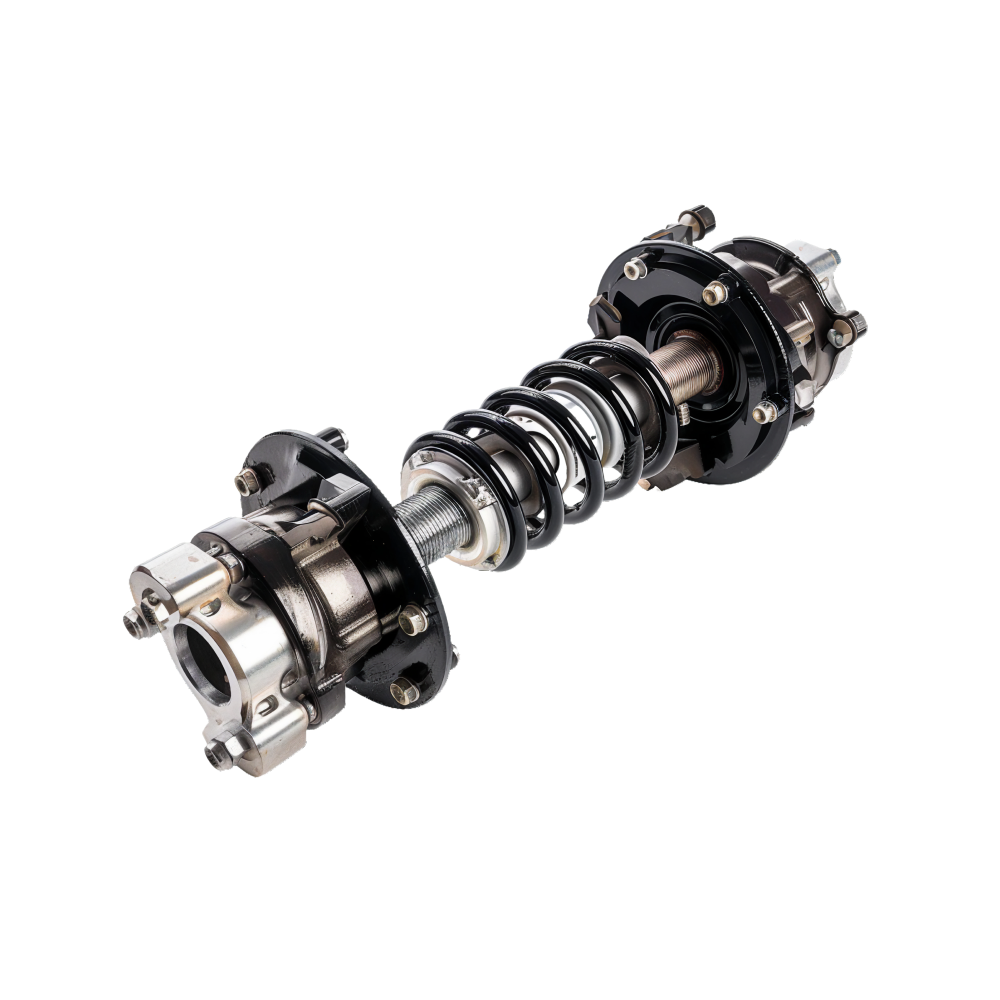In order to post or reply to comments, or manage your user settings
Not a member?
Sign up today
Lost your password?
In order to post or reply to comments, or manage your user settings
By Brett Foote
August 26, 2025 11:01 am
As the cost of new vehicles has risen sharply in recent years and interest rates remain high, more and more car shoppers are opting for longer loan terms to help reduce monthly payments. In Q1 2025, a whopping 19.8 percent of new car shoppers opted for an 84-month loan, in fact, which was a new record. Trouble is, many those same customers are also upside down on their loans, as 26.6 percent of trade-ins on new car purchases in Q2 2025 had negative equity – the highest such share on record since Q1 2021. Regardless, that isn’t stopping the trend of taking out longer loans.
According to Bloomberg, seven-year (84-month) loans grew in popularity yet again in Q2 2025, representing 21.6 percent of all new vehicle financing. At the same time, six-year or 72-month loans have become the norm, accounting for 36.1 percent of new loans across the second quarter of the year. Some car shoppers are even signing up for eight year terms, though those only represent a tiny fraction of the overall market – at least, for now, at less than one percent.
At the same time, shorter terms are on the decline – five-year terms accounted for 19 percent of new vehicle financing, while four years came in at six percent and three years at four percent. Trouble is, many consumers don’t consider the downsides of these longer loans. One of the biggest pertains to the fact that they’re paying more over the course of the loan, with the average interest paid on an 84-month loan coming in at $15,460 – $4,600 more than the average five-year loan.
“People get wrapped up in thinking, ‘I can afford this right now, and things will get better for my situation, which will make this more affordable,’” said Ivan Drury, director of insights at Edmunds.com. “But while your monthly payments stay the same, your other costs can be variable. And that’s where it can get dangerous, if there’s more inflation once we see tariff costs come through.”
By Brett Foote
Brett’s lost track of all the Fords he’s owned over the years and how much he’s spent modifying them, but his current money pits include an S550 Mustang and 13th gen F-150.
We’ll send you one email per day with the latest Ford updates. It’s totally free.
Slowly killing the new vehicle market. Those with 7 year loans will be upside down for several years or more. Automakers just don’t get it. Yet.
Consumers signing 7 year loans don’t get it. Needing a 7 year loan to buy a vehicle means you cannot afford the vehicle. If these consumers would stop being stupid and walk away, then vehicle prices would be forced to come down. The sellers will continue to gouge as long as they can get away with it, simply because the sellers don’t care whether or not what they sold gets repossessed. The sellers already got their money and repossessed is not their problem, well, until everything crashes and they can no longer can sell anything.
The lenders should not be allowing these 7 year loans either. But the lenders also don’t care whether the consumer can make the payments either when the lender can guarantee down payment + collected money + resale of the repo’d vehicle meets or exceeds the amount loaned.
Ford Authority is a must-read for Ford news, Ford rumors, Ford reviews, and information about Ford and Lincoln vehicles.
Join others in discussing Ford and Lincoln in our Ford and Lincoln Forums and browse photos of Ford and Lincoln vehicles in our Ford and Lincoln pictures gallery.
Please note that Ford Authority is a product of Motrolix LLC and is not sponsored, owned, or in any other way condoned by Ford Motor Company, its brands, subsidiaries, or partners.
We also encourage you to check out our sister publications:
Copyright © 2025 Motrolix. All rights reserved.












